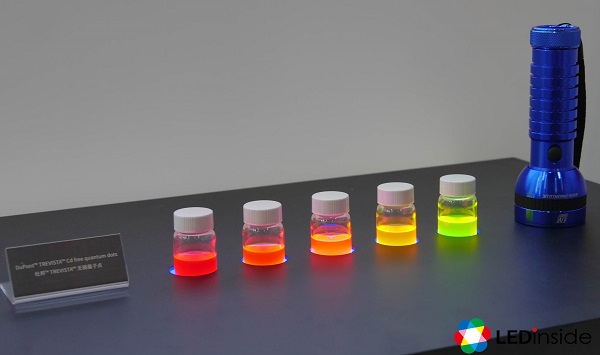LEDinside observes that GILE 2019, which concluded this week, attracted a larger crowd of attendees than before, with more areas of applications for everyone’s perusal. Health lighting, horticulture lighting and other niche applications have become mainstreams to meet the rocketing demands of the market, appearing on the exhibits of several large companies. Also, the future development and technology upgrades of lighting became the focus of many seminars as they sought to address the deployment of IoT and 5G.
Connected Lighting Merges with Infrastructure and Marches Toward Multiple Smart Applications
In the smart lighting seminar hosted in the exhibition, Tjaco Middel, R&D Director for Asia Pacific of Tridonic, highlighted that “Connected lighting will realize our envisaged future,” noting that LED lighting is already bound towards connected lighting.
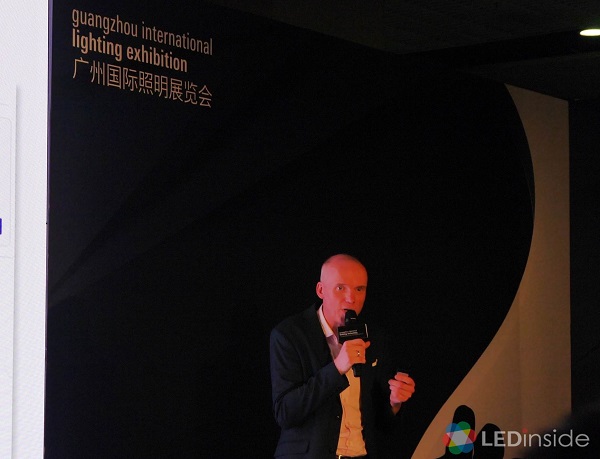
Middel explained that the move from traditional lighting towards LED lighting forms the first step in saving energy, while the next step will be the optimization of both LED lighting efficiency and energy management through lighting control. The amalgamation of sensors, control and networking into the entity known as intelligent connected lighting will bring forth even more business opportunities and receive application in building management, commercial fields and more. Lighting is not only illumination, it will actualize the future.
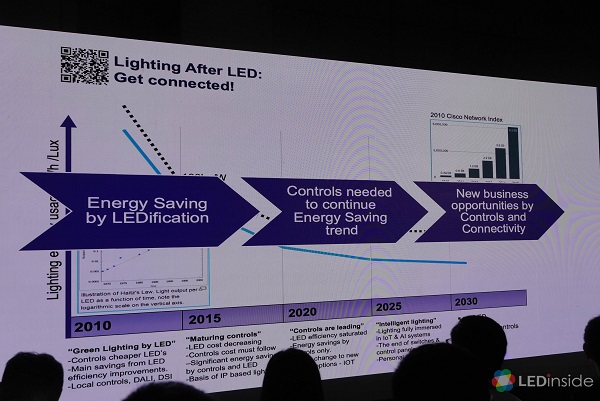
Unilumin, for instance, showcased its street light products, which can be readily implemented with 5G functionality. Besides illumination, the smart lamp poles have many integrated functions, including charging, monitoring, first aid and displays.
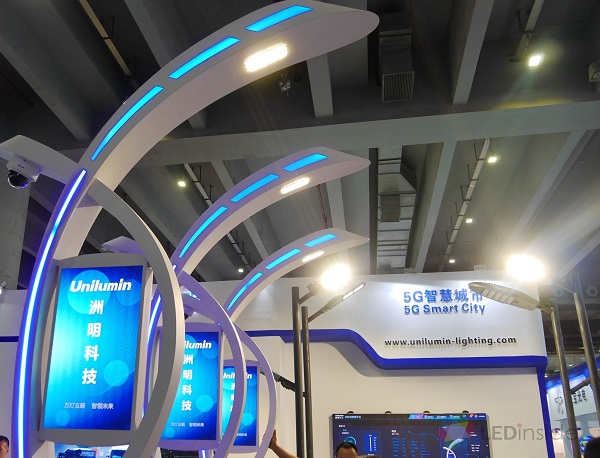
Taiwanese company Beautiful Lighting Technology (BLTC), on the other hand, developed connected lighting applications for smart homes. Camera Lamp, integrating lighting and camera functionalities, is able to achieve remote control through Bluetooth and Wifi connection with phones or tablets. It can also capture images upon detection of motion, providing a complete control for home safety. It may also be connected to smart home management systems for voice control to switch lights on and off.
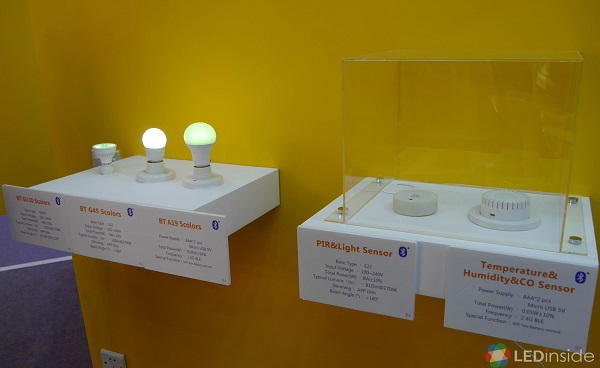
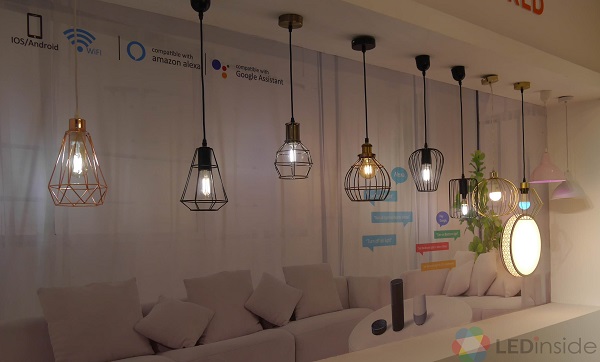
Foshan Lighting (FSL) likewise released smart luminaires compatible with Amazon Alexa and Google Assistant.
Health Lighting: Beyond Anti-Blue Light and on Towards Holistic Eye-Care and a Mind-Body Balance
Health lighting was also a major highlight at this year’s GILE. Many studies have shown that blue light could also be beneficial for the human body, stimulating alertness and improving work performance. Thus, LED lighting is no longer only focusing on anti-blue lights, but aims to improve physiological and psychological health and even prevent myopia.
At the health lighting seminar hosted in GILE, academics pulled out research data showing that exposure of blue light under the natural spectrum is beneficial in preventing myopia. Furthermore, dynamic lights that vary with time affect the brainwaves on both sides of the brain as well as emotional states. The change in color temperature also sharpens one’s focus. Researchers in related fields hope to engineer a luminous environment more suitable for people, especially for children in the classroom.
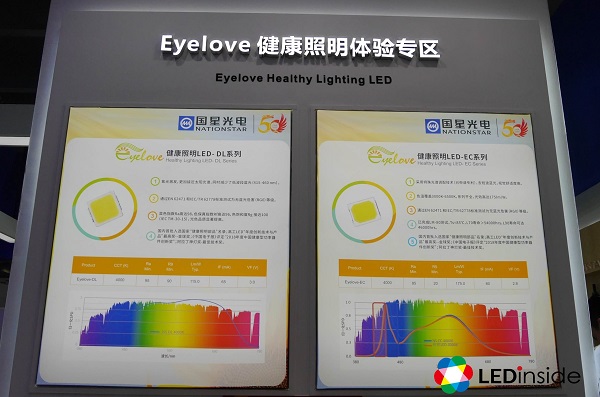
Many suppliers showcased their health lighting products with classroom themes in the exhibition, including Foshan Lighting, Powerchip, Hongli Zhihui and others. NationStar Optoelectronics set up an area for people to try out health lighting and explained how LED technology is able to produce light closely approximating the solar spectrum. Juhong Optoelectronics also demonstrated its ability to adjust color temperature and give full spectrum lighting.
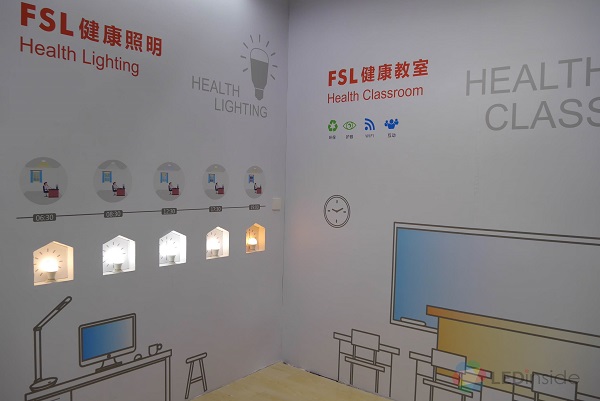
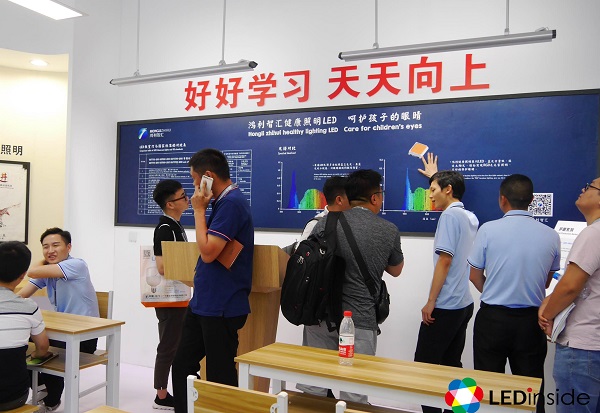
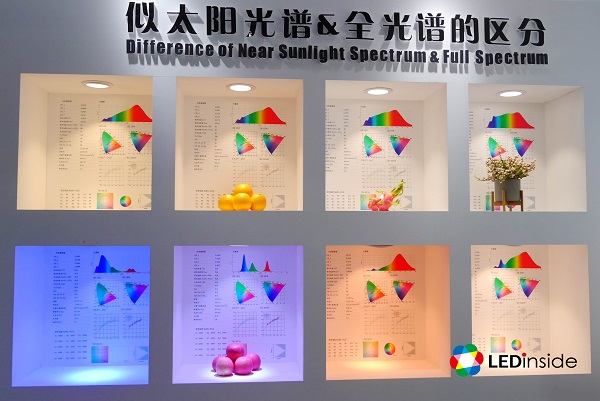
WELLMAX also displayed dimmable lightbulbs in two types of color temperatures, which may be selectively switched on and off to give either softer glows of light or stark, invigorating beams.
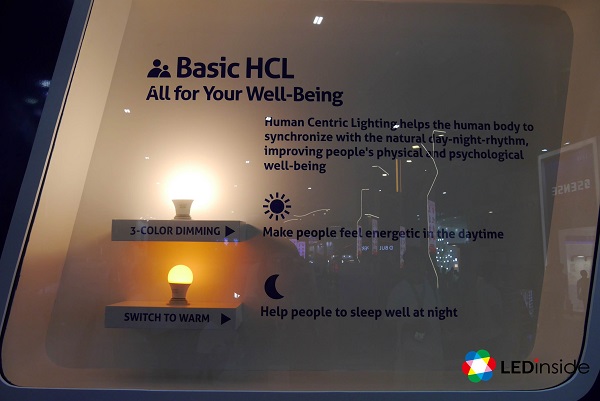
Health lighting also finds a wider range of applications, thanks to the development of connected lighting. Smart control of connected lighting enables lights to change in color temperature according to the time of the day, allowing indoor lighting to mimic natural light and regulate the circadian rhythm of the human body.
Material Suppliers Push LED Technology a Step Further
Support from upstream materials suppliers is one of the key reasons for the continual improvement of LED lighting efficiency. After DuPont acquired the chemical brand Dow Corning, it went to GILE this year and exhibited a variety of products to improve LED package efficiency, including phosphor, reflective materials, packaging molds, die attach adhesives and more. This gives customers the option to select suitable products according to different packaging needs and improve LED efficiency and stability.
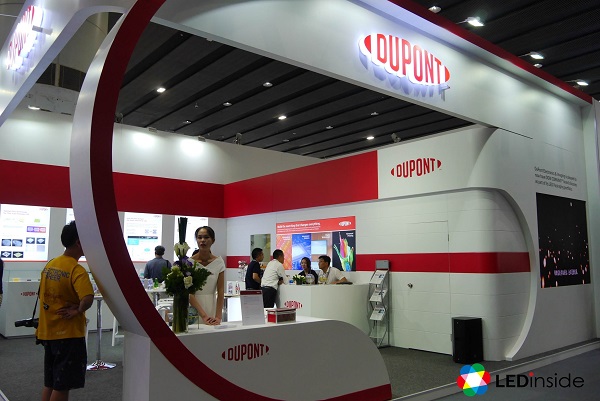
DuPont also put Trevista’s Cadmium free quantum dots (CFQD) on display, applying quantum dots of nanometric scale in displays to enhance color gamut and improve heat dissipation and light stability.
